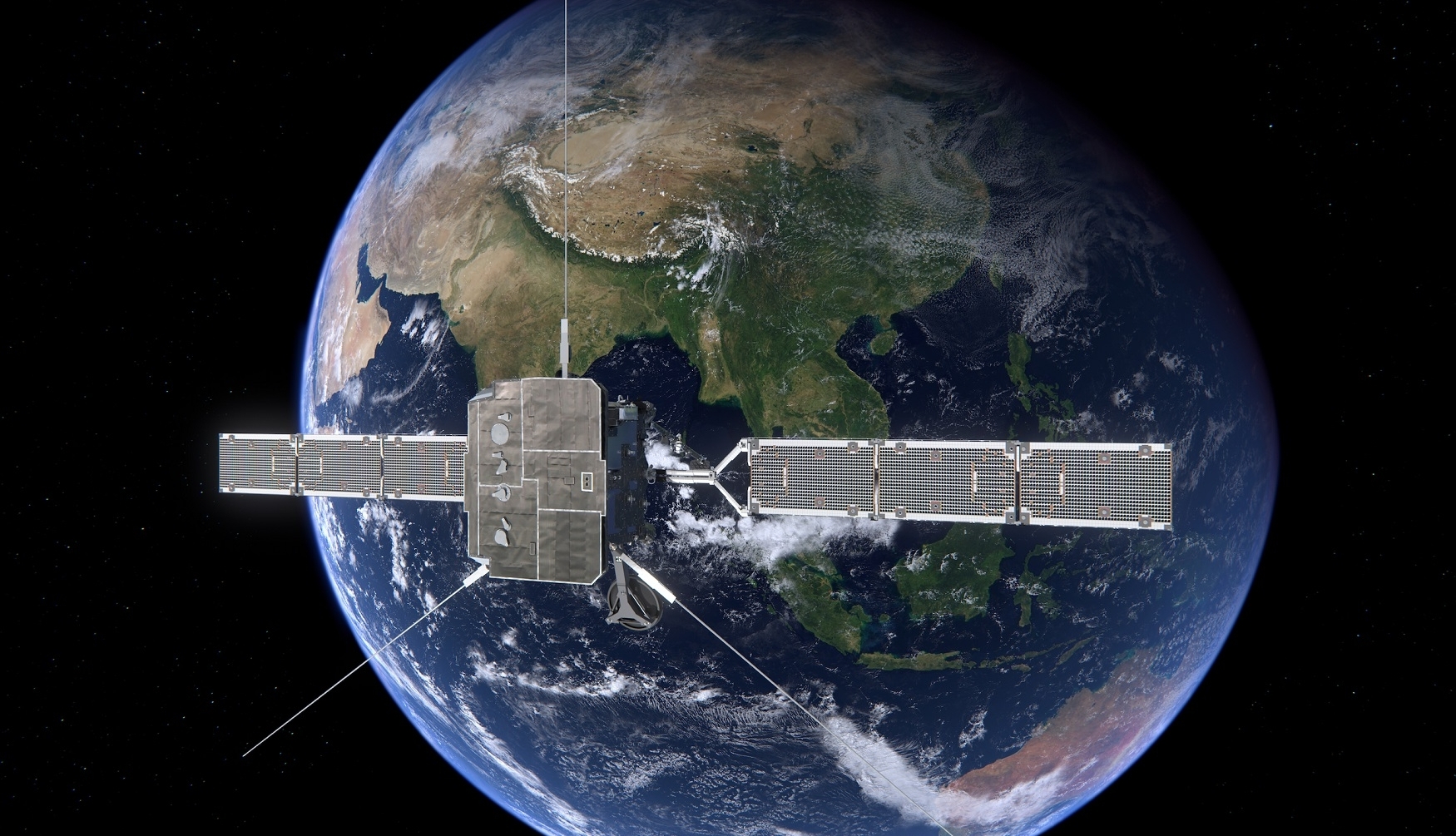On November 27th 2021 at 4:30am UTC, Solar Orbiter will fly by the earth. The satellite launched by the European Space Agency (ESA), whose goal is to take pictures of the sun and study its polar regions, will fly by at just 460 km of altitude. This gravitational assist will change the trajectory of Solar Orbiter and propel it towards the sun.
For MPS, this project is interesting not only from a space exploration standpoint, but also because of the parts Solar Orbiter is made of. In fact, MPS has developed specific ball screws for the zoom function of a measuring instrument that is on board the satellite. These ball screws were designed to optimally work in space, an environment without air no gravity.
Solar Orbiter was launched on February 10th 2020. Since then, it has been circling around the sun a couple times and scientists on earth have tested its instruments. After its earth flyby, Solar Orbiter will pass by the sun at a distance of 0.3 AU or 45 million kilometers. No other satellite has gotten as close to this large star. During the multiple sun flybys, Solar Orbiter’s speed will match the sun’s rotation speed, which will allow the spacecraft to study specific spots for several days.
More information: https://www.esa.int/Science_Exploration/Space_Science/Solar_Orbiter
Header image: https://www.esa.int/ESA_Multimedia/Images/2020/01/Solar_Orbiter_antenna_deployment
